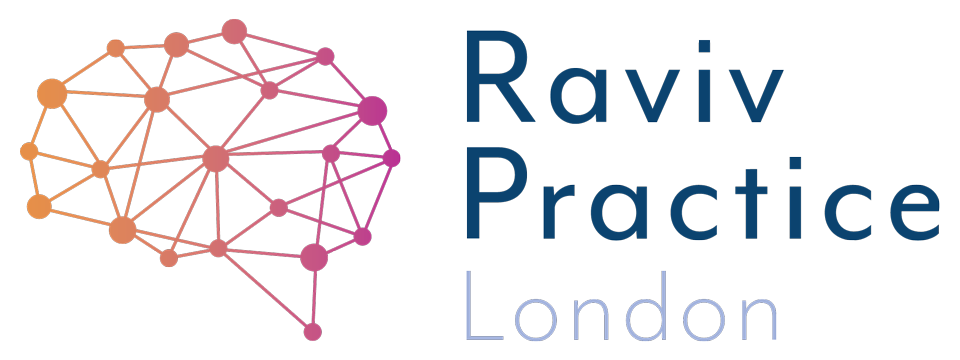How to teach a child to do their own shoelaces.
i
How to teach a child to do their own shoelaces.
Parents have many reasons for signing their children up for neurocognitive therapy. When the mother of 9-year-old 'H' contacted me, she was keen for her son to receive support with all the academic milestones because he had fallen significantly behind at school.
“...from the start ‘H’ inspired me, he was funny and highly engaged in the lessons.”
At age 2, her son caught meningitis, which caused him to lose his hearing. Around age three, doctors fitted him with a cochlear implant, allowing him to hear again. Before his implant, he had already learned sign language proficiently and communicated as best he could using it.His mum told me he struggled significantly with English, spelling, and reading. Doctors also diagnosed him with ADHD, severe impulsivity, mood swings, and balance-based problems.
From the start, 'H' inspired me. He was funny and highly engaged in the lessons. I asked him and his mum about their top priority for our work together. Without hesitation, they both said that learning to tie shoelaces mattered most. He wanted to join the football team, but at that moment, he couldn't because football boots had shoelaces, and every player had to wear them. Since deciding to play football, H had struggled to tie his shoelaces on his own. He fumbled with the laces, and when he finally pulled the bow tight, instead of forming a proper knot, the lace unraveled into two separate strings. The situation frustrated him.
“that confidence disappeared when he had to he had to do maths, write, read, or spell.”
Why did playing football matter so much?
For H, it was about success. He struggled with writing, reading, spelling, and maths. Academics felt like a blur. However, his spoken language was superb—sharp, witty, and funny. But that confidence disappeared when he had to do maths, write, read, or spell. He and his mum both knew he needed to feel good at something and that something was football. Shoelaces stood in his way.
I immediately got to work, and he could tie his shoes within two or three weeks. That same term, he joined his school's football squad.
Teaching a child to tie shoelaces
1. Create a mock-up using card.
2. Use two different colours and ribbons instead of laces.
3. Practise at a table.
4. Give clear instructions and allow the child to practise two steps each week.
How tying shoelaces helps
This activity strengthens a child's pincer grip and hand grasp, improving their ability to hold a pencil and develop good handwriting skills.
Working with a child with cochlear implants
When I worked with H, I conducted both one-to-one and group therapy sessions. To improve his balance, we focused on hand-eye coordination, eye-tracking, convergence and divergence exercises, midline crossing, and vestibular system challenges. This neurocognitive work directly benefited his academics, helping with writing, reading, sound processing (for reading), and memory retention.
He worked in a group with children his age. My daughter, Nisha, was one of the teachers. She and H got along amazingly well. Although just a few months older than him, she had already been doing the Bal-A-Vis-X program for about four years, working in after-school clubs and group sessions. This group followed a peer-teaching approach—once a child mastered an exercise, they would teach another and support each other when challenges arose.
Whenever H got frustrated with instructions, he would say he needed to go to the bathroom. His mum explained that he struggled to process instructions. In the bathroom, he could take off his implants (all hearing) and reset his mind. Sometimes, Nisha had him repeat the same exercise multiple times, which overwhelmed him in that moment. Taking a break helped him, and when he returned, he always thanked Nisha for "always teaching him and never giving up."
He always completed the exercises in the end. Despite his mum's stories about his past tantrums, he never stormed off. He showed patience because he just wanted a chance.
Helping other children
After struggling with shoelaces for so long, H started helping other children in the group tie theirs. As he improved his motor skills, balance, and coordination, he took pride in teaching others. Watching him step into this role became a proud moment for his mum. She saw him flourish and improve week after week.
Not all children have the same skills. Figuring out what they need and what motivates them takes time. I don't always get it right the first time, but I'm writing this blog because, even nine years later, these same parents still call me out of the blue to catch up. That's when I know I did my job well.
Dyslexia? Dyspraxia? ADHD? ASD? Speech & Language? Developmental Delay? Anxiety?
Is every school day a struggle? As a parent, you may feel exhausted and on this journey alone. Each year you see the gap getting wider. You need to do something - change the approach, help your child learn for themselves, find a way to turn this around - to help while you can - do this NOW. the first step is free.
About the Author
Usha Patel is a Neurocognitive Therapist and Director at Raviv Practice London. Parents searching to help their suspected/neurodiverse child can get evidence-based solutions with results in as little as 8 weeks. Those in search of jargon-free help can get started straight away.



